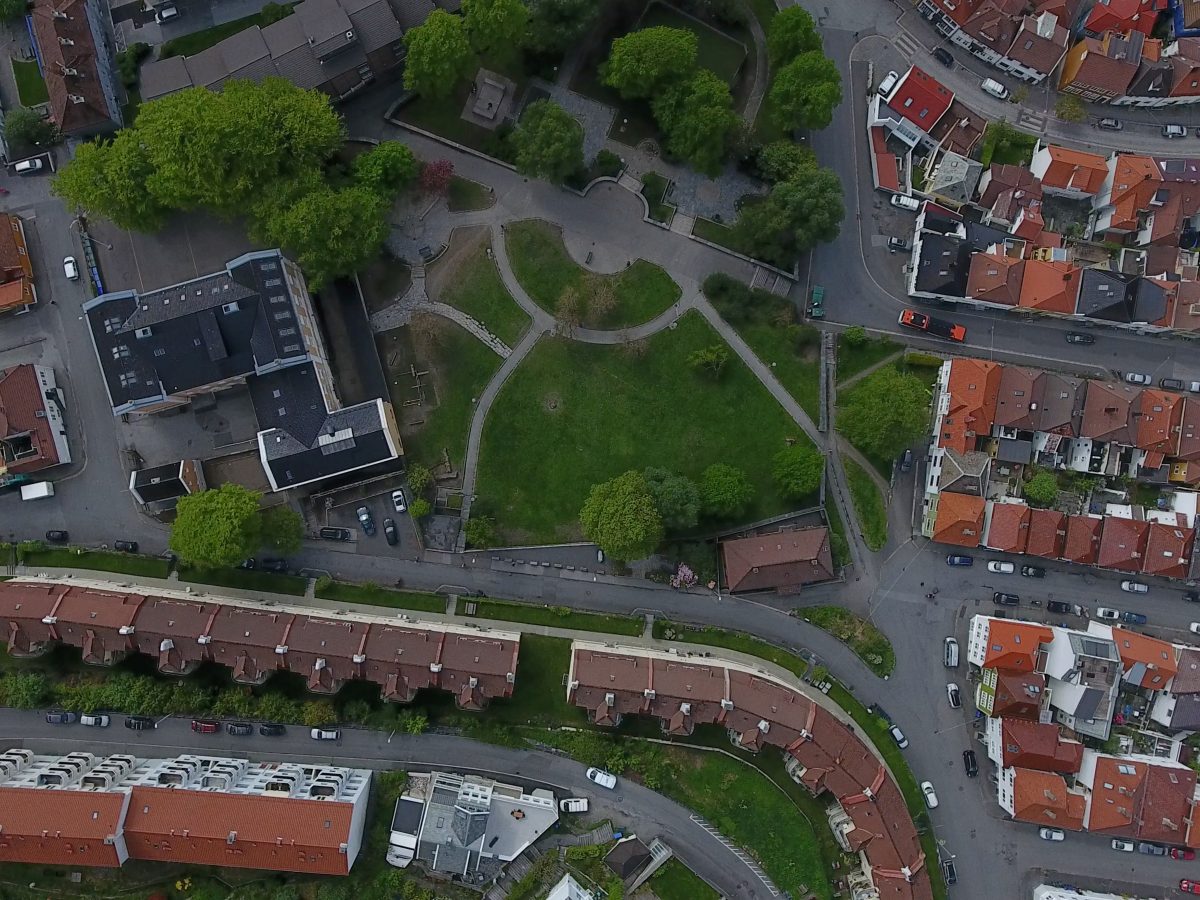Workshop: Returning to actuality
Published
This workshop will provide an opportunity to the participants to create works which explore the notions of ‘landscape’. We will investigate landscape as a diagram of structural power relations, the landscape theory ‘Fukeiron’, and explore the politics of landscape representation. Can a critical reading of a landscape (representation) enable us to see a visual ‘diagram’ of social and economic relations at work?
The workshop takes place in two parts, and five artists are invited to investigate, read, share, discuss and produce. The focus is to facilitate the artists’ ongoing art production and give them tools, a sharing environment and assistance in furthering the work. BEK have made a selection of artists based on different approaches and methods that we hope will find an interest in the issues proposed.
Participating artists are Åsne Eldøy, Gitte Sætre, Neal Cahoon, Samuel Brzeski and Anne Marthe Dyvi. Participants from BEK are Espen Sommer Eide, and Åse Løvgren who has initiated the workshop.
As a starting point we will delve into ‘Fukeiron’ which is a theory of landscape that film makers in Japan took up in the end of 1960 ́s as a critique of modes of documentary and representation practices, and a lacking ability to address structural power relations.
We will look into themes connected to landscape, mapping, fukeiron and critical cartography. The focus for the worksop will be on the moving image, but the artists are welcome to work with any medium they like.
“Landscape is a way in which economic and political relations of domination and subjection manifest and become visible to the observing eyes.”
“The film-theoretical concept of landscape, which Japanese critics discovered at the end of the 1960s (…) thus offered them a new way of seeing landscapes as manifestations of structural changes occurring in Japan as it reached its postindustrial phase. These films document increasingly homogenizing urban and rural landscapes, but these landscapes also reveal what Deleuze calls the ‘diagram’, that is, the invisible relations and functions of power in the given social field.”
“This gesture raises many questions: what can a camera, filming a landscape, reveal about the social and political structures of a given place at a given time?”
All quotes from: Returning to actuality: fukeiron and the landscape film, by Yuriko Furuhata that we will read as part of the workshop.
Drone images from the LAB From Macro to Micro and Back.


